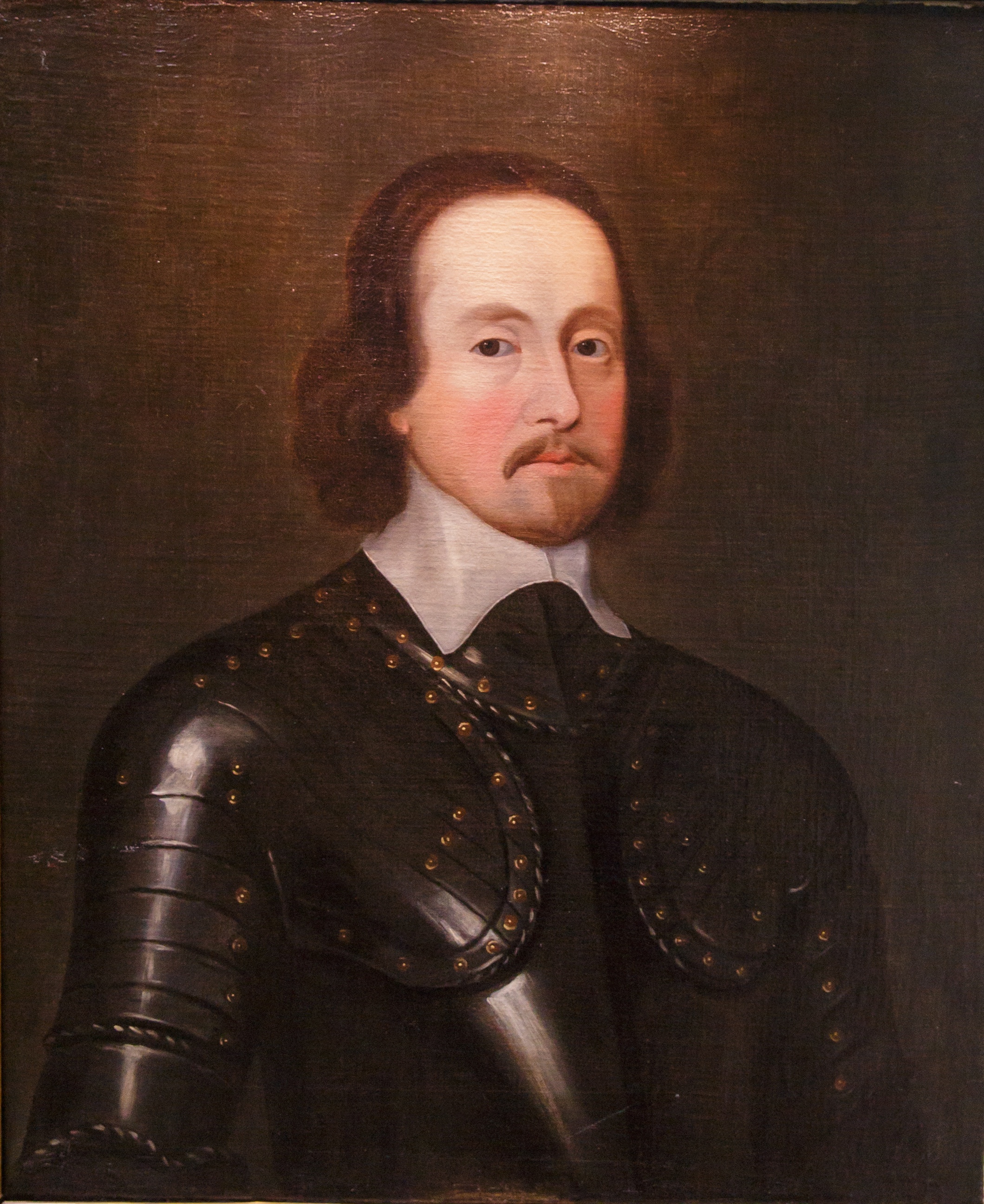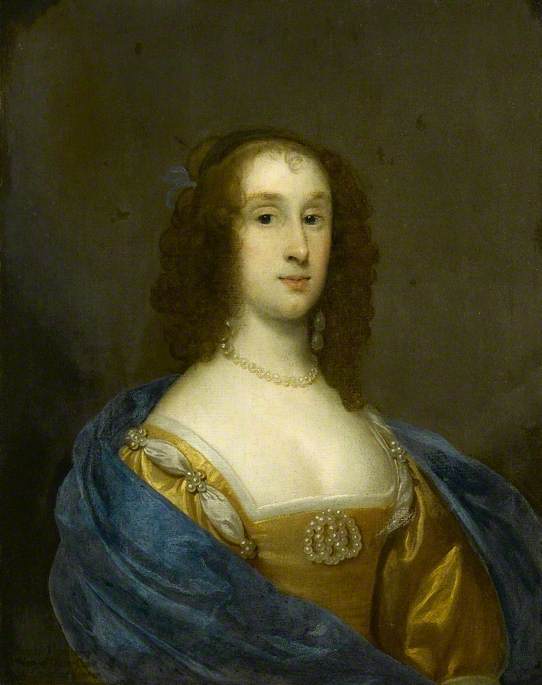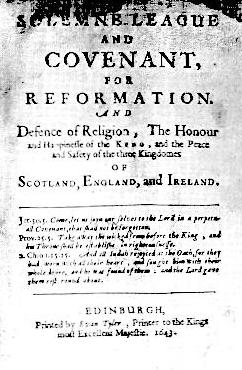|
Interregnum (Ireland)
Ireland during the Interregnum (1649–1660) covers the period from the execution of Charles I until the restoration of the monarchy under Charles II in 1660. History Life for both Irish and English Catholics in Ireland became increasingly difficult under Cromwell's rule, and Cromwell remains a despised figure in Ireland to this day. Cromwell's sweeping campaign in Ireland began in August 1649. He left in May 1650, but the campaign continued until 1653. Its effects devastated Ireland's Catholic population, roughly one-third of whom were killed or exiled by the war. Famine and plague were the biggest killers, resulting in large part from the scorched earth tactics used by Parliamentary forces. Some Irish prisoners of war were sold as indentured labourers in the West Indies. The Catholic landowning class was dispossessed ''en masse''. Thousands of New Model Army soldiers and the Parliament's creditors were settled on confiscated Irish lands. Those Catholic landowners deemed inn ... [...More Info...] [...Related Items...] OR: [Wikipedia] [Google] [Baidu] |
Execution Of Charles I
The execution of Charles I by beheading occurred on Tuesday, 30 January 1649 outside the Banqueting House on Whitehall. The execution was the culmination of political and military conflicts between the royalists and the parliamentarians in England during the English Civil War, leading to the capture and trial of Charles I, the King of England, Scotland, and Ireland. On Saturday 27 January 1649, the parliamentarian High Court of Justice had declared Charles guilty of attempting to "uphold in himself an unlimited and tyrannical power to rule according to his will, and to overthrow the rights and liberties of the people" and he was sentenced to death by beheading. Charles spent his last few days in St James's Palace, accompanied by his most loyal subjects and visited by his family. On 30 January, he was taken to a large black scaffold constructed in front of the Banqueting House, where he was to be executed. A large crowd had gathered to witness the regicide. Charles stepped ont ... [...More Info...] [...Related Items...] OR: [Wikipedia] [Google] [Baidu] |
Interregnum
An interregnum (plural interregna or interregnums) is a period of discontinuity or "gap" in a government, organization, or social order. Archetypally, it was the period of time between the reign of one monarch and the next (coming from Latin ''inter-'', "between" and ''rēgnum'', "reign" rom ''rex, rēgis'', "king", and the concepts of interregnum and regency therefore overlap. Historically, longer and heavier interregna have been typically accompanied by widespread unrest, civil and succession wars between warlords, and power vacuums filled by foreign invasions or the emergence of a new power. A failed state is usually in interregnum. The term also refers to the periods between the election of a new parliament and the establishment of a new government from that parliament in parliamentary democracies, usually ones that employ some form of proportional representation that allows small parties to elect significant numbers, requiring time for negotiations to form a government. ... [...More Info...] [...Related Items...] OR: [Wikipedia] [Google] [Baidu] |
17th Century In Ireland
17 (seventeen) is the natural number following 16 and preceding 18. It is a prime number. Seventeen is the sum of the first four prime numbers. In mathematics 17 is the seventh prime number, which makes seventeen the fourth super-prime, as seven is itself prime. The next prime is 19, with which it forms a twin prime. It is a cousin prime with 13 and a sexy prime with 11 and 23. It is an emirp, and more specifically a permutable prime with 71, both of which are also supersingular primes. Seventeen is the sixth Mersenne prime exponent, yielding 131,071. Seventeen is the only prime number which is the sum of four consecutive primes: 2, 3, 5, 7. Any other four consecutive primes summed would always produce an even number, thereby divisible by 2 and so not prime. Seventeen can be written in the form x^y + y^x and x^y - y^x, and, as such, it is a Leyland prime and Leyland prime of the second kind: :17=2^+3^=3^-4^. 17 is one of seven lucky numbers of Euler which produ ... [...More Info...] [...Related Items...] OR: [Wikipedia] [Google] [Baidu] |
Oxford University Press
Oxford University Press (OUP) is the university press of the University of Oxford. It is the largest university press in the world, and its printing history dates back to the 1480s. Having been officially granted the legal right to print books by decree in 1586, it is the second oldest university press after Cambridge University Press. It is a department of the University of Oxford and is governed by a group of 15 academics known as the Delegates of the Press, who are appointed by the vice-chancellor of the University of Oxford. The Delegates of the Press are led by the Secretary to the Delegates, who serves as OUP's chief executive and as its major representative on other university bodies. Oxford University Press has had a similar governance structure since the 17th century. The press is located on Walton Street, Oxford, opposite Somerville College, in the inner suburb of Jericho. For the last 500 years, OUP has primarily focused on the publication of pedagogical texts and ... [...More Info...] [...Related Items...] OR: [Wikipedia] [Google] [Baidu] |
Richard Boyle, 1st Earl Of Burlington
Richard Boyle, 1st Earl of Burlington, 2nd Earl of Cork (20 October 1612 – 15 January 1698) was an Anglo-Irish nobleman who served as Lord High Treasurer of Ireland and was a Cavalier. Early life He was born at ''The College'' in Youghal in the south-east of County Cork, Ireland, as the sixth child and second son of Richard Boyle, 1st Earl of Cork and his second wife, Catherine Fenton, daughter of Sir Geoffrey Fenton. His brother was the chemist Robert Boyle, and his sister was Lady Ranelagh. On 13 August 1624, The Hon. Richard Boyle, Jr., was knighted at his father's house in Youghal by Lord Falkland, the Lord Deputy of Ireland. As the Hon. Sir Richard Boyle, he then went on travels abroad with an annual allowance of £1500. Civil War In 1639, the young Sir Richard undertook to raise, arm, and provide 100 horses to attend upon King Charles I of England in his expedition into the North of England against the Scots. For this and other occasions, his father, Lord Cork, suppli ... [...More Info...] [...Related Items...] OR: [Wikipedia] [Google] [Baidu] |
Charles Coote, 1st Earl Of Mountrath
Charles Coote, 1st Earl of Mountrath (c. 1610 – 17 December 1661) was an Anglo-Irish peer, the son of Sir Charles Coote, 1st Baronet, and Dorothea Cuffe, the former being an English veteran of the Battle of Kinsale (1601) who subsequently settled in Ireland. Irish Rebellion and Civil War The younger Coote became an MP for Leitrim in the Irish Parliament between 1634 and 1635 and again in 1640, a year before the outbreak of the Irish rebellion of 1641. The elder Charles Coote was active in the suppression of the Irish insurgents in 1642, launching attacks on Clontarf and County Wicklow in late 1641 in which many civilians died; he was killed in action defending Trim in May 1642. After the death of his father, Charles Coote also led some of the King's forces under Ormonde against the Confederate army, but was captured defending a stronghold in the Curragh of Kildare by an Irish army led by Castlehaven. He was released during the 1643 cessation of arms. At this time Coot ... [...More Info...] [...Related Items...] OR: [Wikipedia] [Google] [Baidu] |
Henry Cromwell
Henry Cromwell (20 January 1628 – 23 March 1674) was the fourth son of Oliver Cromwell and Elizabeth Bourchier, and an important figure in the Parliamentarian regime in Ireland. Biography Early life Henry Cromwell – the fourth son of Oliver Cromwell – was born at Huntingdon on 20 January 1628. He was educated at Felsted School and Emmanuel College, Cambridge. Military career Henry Cromwell entered the New Model Army towards the close of the First Civil War, and was in 1647 either a captain in Harrison's regiment or the commander of Fairfax's lifeguard. Heath and Wood identify him with the commandant of the life-guard. In the summer of 1648 Henry Cromwell appears to have been serving under his father in the north of England. In February 1650 Cromwell had attained the rank of colonel, and followed his father to Ireland with reinforcements. He and Lord Broghill defeated Lord Inchiquin near Limerick in April 1650. In 1653 Cromwell was nominated one of the representat ... [...More Info...] [...Related Items...] OR: [Wikipedia] [Google] [Baidu] |
Charles Fleetwood
Charles Fleetwood (c. 1618 – 4 October 1692) was an English Parliamentarian soldier and politician, Lord Deputy of Ireland in 1652–1655, where he enforced the Cromwellian Settlement. Named Cromwell's Lieutenant General for the Third English Civil War, Fleetwood was thereafter one of his most loyal supporters throughout the Protectorate. After the Lord Protector's death, Fleetwood was initially supportive of his brother-in-law Richard Cromwell, but turned against him and forced him from power. Together with his colleague John Lambert he dominated government for a little over a year before being outmaneuvered by George Monck. At the Restoration he was included in the Act of Indemnity as among the twenty liable to penalties other than capital, and was finally incapacitated from holding any office of trust. His public career then closed. Early life Charles Fleetwood was the third son of Sir Miles Fleetwood of Aldwinkle, Northamptonshire, and of Anne, daughter of Nicholas Luke ... [...More Info...] [...Related Items...] OR: [Wikipedia] [Google] [Baidu] |
Third English Civil War
Third or 3rd may refer to: Numbers * 3rd, the ordinal form of the cardinal number 3 * , a fraction of one third * 1⁄60 of a ''second'', or 1⁄3600 of a ''minute'' Places * 3rd Street (other) * Third Avenue (other) * Highway 3 Music Music theory *Interval number of three in a musical interval **major third, a third spanning four semitones **minor third, a third encompassing three half steps, or semitones **neutral third, wider than a minor third but narrower than a major third **augmented third, an interval of five semitones **diminished third, produced by narrowing a minor third by a chromatic semitone *Third (chord), chord member a third above the root *Degree (music), three away from tonic **mediant, third degree of the diatonic scale **submediant, sixth degree of the diatonic scale – three steps below the tonic **chromatic mediant, chromatic relationship by thirds *Ladder of thirds, similar to the circle of fifths Albums *''Third/Sister Lovers'', a ... [...More Info...] [...Related Items...] OR: [Wikipedia] [Google] [Baidu] |
Solemn League And Covenant
The Solemn League and Covenant was an agreement between the Scottish Covenanters and the leaders of the English Parliamentarians in 1643 during the First English Civil War, a theatre of conflict in the Wars of the Three Kingdoms. On 17 August 1643, the Church of Scotland (the Kirk) accepted it and on 25 September 1643 so did the English Parliament and the Westminster Assembly. English Parliament (First Civil War) At the time, the Protestant leaders of the English Parliament were in conflict with King Charles I. Fearing Irish Catholic troops could join the Royalist army, Parliament requested the aid of the Scots. The Presbyterian Covenanters promised their aid, on condition that the Scottish system of church government was adopted in England. This was acceptable to the majority of the English Long Parliament, as many MPs were Presbyterians, while others preferred allying with the Scots to losing the Civil War. After some haggling a document called "'' The Solemn League and Co ... [...More Info...] [...Related Items...] OR: [Wikipedia] [Google] [Baidu] |
Presbyterian
Presbyterianism is a part of the Reformed tradition within Protestantism that broke from the Roman Catholic Church in Scotland by John Knox, who was a priest at St. Giles Cathedral (Church of Scotland). Presbyterian churches derive their name from the presbyterian polity, presbyterian form of ecclesiastical polity, church government by representative assemblies of Presbyterian elder, elders. Many Reformed churches are organised this way, but the word ''Presbyterian'', when capitalized, is often applied to churches that trace their roots to the Church of Scotland or to English Dissenters, English Dissenter groups that formed during the English Civil War. Presbyterian theology typically emphasizes the sovereignty of God, the Sola scriptura, authority of the Scriptures, and the necessity of Grace in Christianity, grace through Faith in Christianity, faith in Christ. Presbyterian church government was ensured in Scotland by the Acts of Union 1707, Acts of Union in 1707, which cre ... [...More Info...] [...Related Items...] OR: [Wikipedia] [Google] [Baidu] |
Restoration (Ireland)
The Restoration of the monarchy began in 1660. The Commonwealth of England, Scotland and Ireland (1649–60) resulted from the Wars of the Three Kingdoms but collapsed in 1659. Politicians such as General Monck tried to ensure a peaceful transition of government from the "Commonwealth" republic back to monarchy. From 1 May 1660 the English, Scottish and Irish monarchies were all restored under King Charles II. The term ''Restoration'' may apply both to the actual event by which the monarchy was restored, and to the period immediately before and after the event. End of the republic With the collapse of The Protectorate in England during May 1659 the republic which had been forced upon Ireland by Oliver Cromwell quickly began to unravel. Royalists planned an uprising in Ireland and sought to turn Henry Cromwell and Lord Broghill (who was in contact with the King's court in the summer of 1659) towards the cause but the plan came to naught. Henry Cromwell left Ireland in Jun ... [...More Info...] [...Related Items...] OR: [Wikipedia] [Google] [Baidu] |

.jpg)
.jpg)




